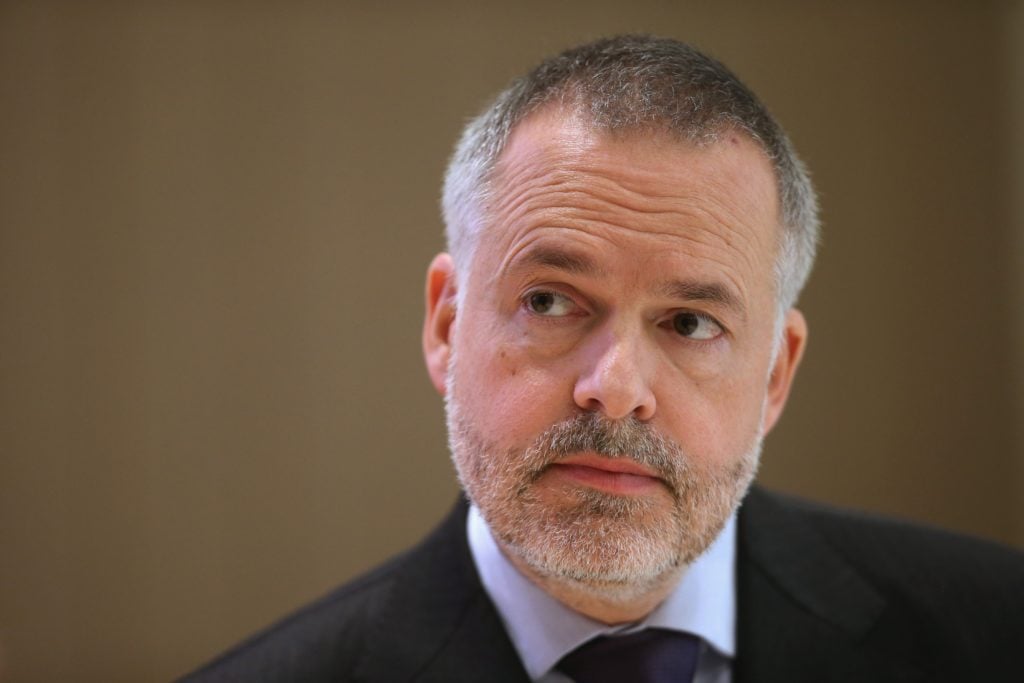Art World
Amid Strained UK-Iran Relations, the British Museum’s Director Takes a Trip to Tehran
Hartwig Fischer visited colleagues in Iran just before a wave of protests and violence swept the country.

Hartwig Fischer visited colleagues in Iran just before a wave of protests and violence swept the country.

Javier Pes

Political relations between Iran and Britain may be strained, but the British Museum’s director is making sure that cultural ties remain intact.
Hartwig Fischer flew to Tehran at the end of December, just before a wave of riots swept the country. Earlier this week, an Iranian government official blamed the violent clashes between Iranian civilians and security forces on the US, Saudi Arabia, and Britain.
Fischer’s visit to Iran, his first since taking over as director of the British Museum in 2016, included a meeting with the director of the Tehran Museum of Contemporary Art, Ali-Mohammad Zare’, the Tehran Times reports. Zare’ said he hoped that the Tehran museum would be able to “showcase its treasure trove” in the major art museums of the world, according to the Iranian newspaper.
Meanwhile, diplomatic relations between the UK and Iran have been made tense by the plight of a British-Iranian mother currently imprisoned in Iran. Nazanin Zaghari-Ratcliffe has been accused of trying to overthrow the regime there, a charge she denies.
Fischer visited Iran with Vesta Sarkhosh Curtis, the museum’s curator of Middle Eastern coins, to maintain cultural relations with Iranian colleagues, a spokeswoman for the British Museum tells artnet News. Although she says no specific projects or planned loans were discussed, the visit could portend future collaborations between the two countries.
Recent high-profile attempts at exchange have been unsuccessful. The first major international exhibitions featuring Modern masterworks from the Tehran museum’s collection, which had been planned for Berlin and Rome in 2016, fell through at the eleventh hour. Some in Iran fear that paintings by the likes of Picasso, Monet, and Rothko might be subject to claims by members of the exiled royal family while on loan.
In Iran, Fischer visited the Tehran Museum of Contemporary Art’s solo show of sculptures by the British artist Tony Cragg and viewed works in storage by leading Western artists, including Jackson Pollock’s Mural on Indian Red Ground (1950).